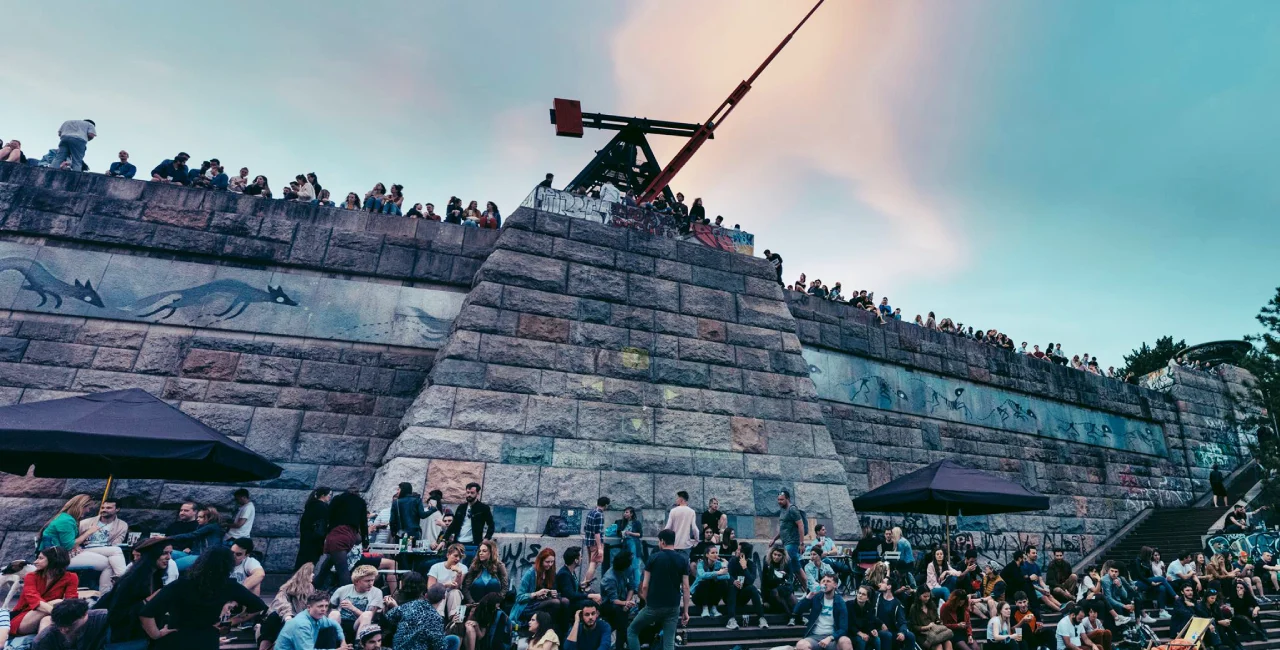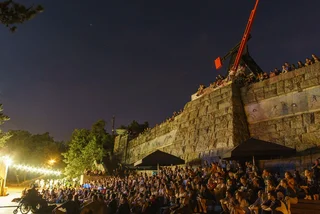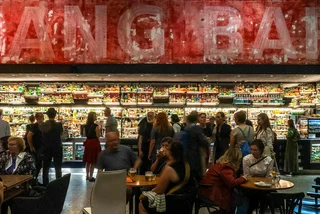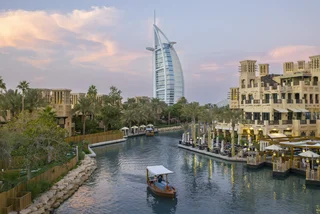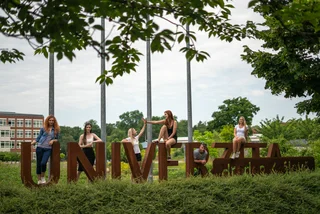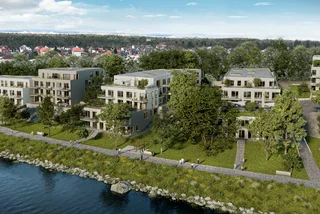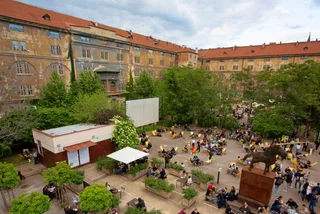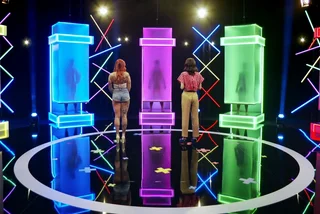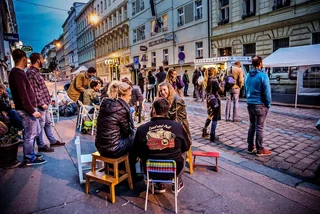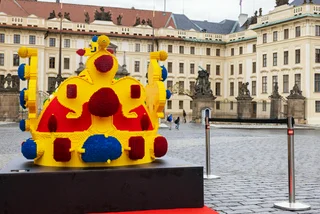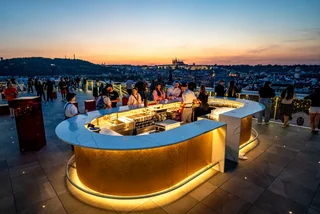Just weeks after announcing a sudden and permanent closure, the team behind the Stalin cultural center in Prague’s Letná Park has revealed that the venue may yet be saved. Negotiations with Prague City Hall and the Prague 7 District Office are currently underway, raising hopes that the popular hub could resume limited operations later this summer.
“Nothing is certain at this point,” reads a cautiously optimistic statement from the venue posted on social media. “But there is a chance that the last part of this year’s season could be salvaged in a provisional format.”
While the prospect of a full revival remains unclear, the statement thanked supporters and noted that efforts are underway to maintain public toilets and keep the surrounding area clean during the interim.
From sudden closure to hopes for reopening
Launched in 2015, Stalin had grown into one of Prague’s most distinctive cultural venues. Named for its location beneath a former statue of Joseph Stalin, the hangout had become known for its eclectic programming of live music, film screenings, workshops, and performance art.
The open-air center attracted thousands of locals and tourists each summer. Its abrupt announcement of closure in late June, attributed to the deteriorating condition of the monument structure and a non-renewed lease, sparked widespread disappointment.
However, mounting public support in the aftermath appears to have reopened the door to dialogue. “Thanks in part to this support,” the venue writes in its recent update, “a dialogue has now been initiated with Prague City Hall and the Prague 7 District Office.”
Talks now focus on the possibility of reopening the venue’s outdoor areas only, for a limited period of 29 days. The indoor spaces beneath the metronome remain off-limits due to unresolved technical and legal issues.
According to Prague councilor Adam Zábranský, the primary issue stemmed from unapproved use of the interior for storage, which contradicted existing building permits. A new round of approvals may be necessary if any future plans include indoor usage.
Jan Faltys, a representative of the venue, confirmed the uncertainty but emphasized that there is now a tangible path forward.
Historic site with a layered past
Perched atop Letná Park, Stalin occupies a site loaded with symbolic weight. Once dominated by a 15-meter-tall statue of Joseph Stalin—the largest group monument in Europe when it was erected in 1955—the space underwent dramatic transformation following the statue’s demolition in 1962.
In 1991, it became home to the Prague Metronome, a kinetic sculpture by Vratislav Novák, symbolizing the passage of time and the city's post-totalitarian rebirth.
The City of Prague has previously explored the idea of renovating the underground spaces for more permanent cultural use, but Zábranský noted the projected costs were prohibitively high.
More recently, plans have emerged for part of the site to serve practical functions. According to the venue’s team, City Hall has begun preparing a project to convert a small portion of the underground space into permanent public restrooms and basic cultural facilities.












 Reading time: 2 minutes
Reading time: 2 minutes 